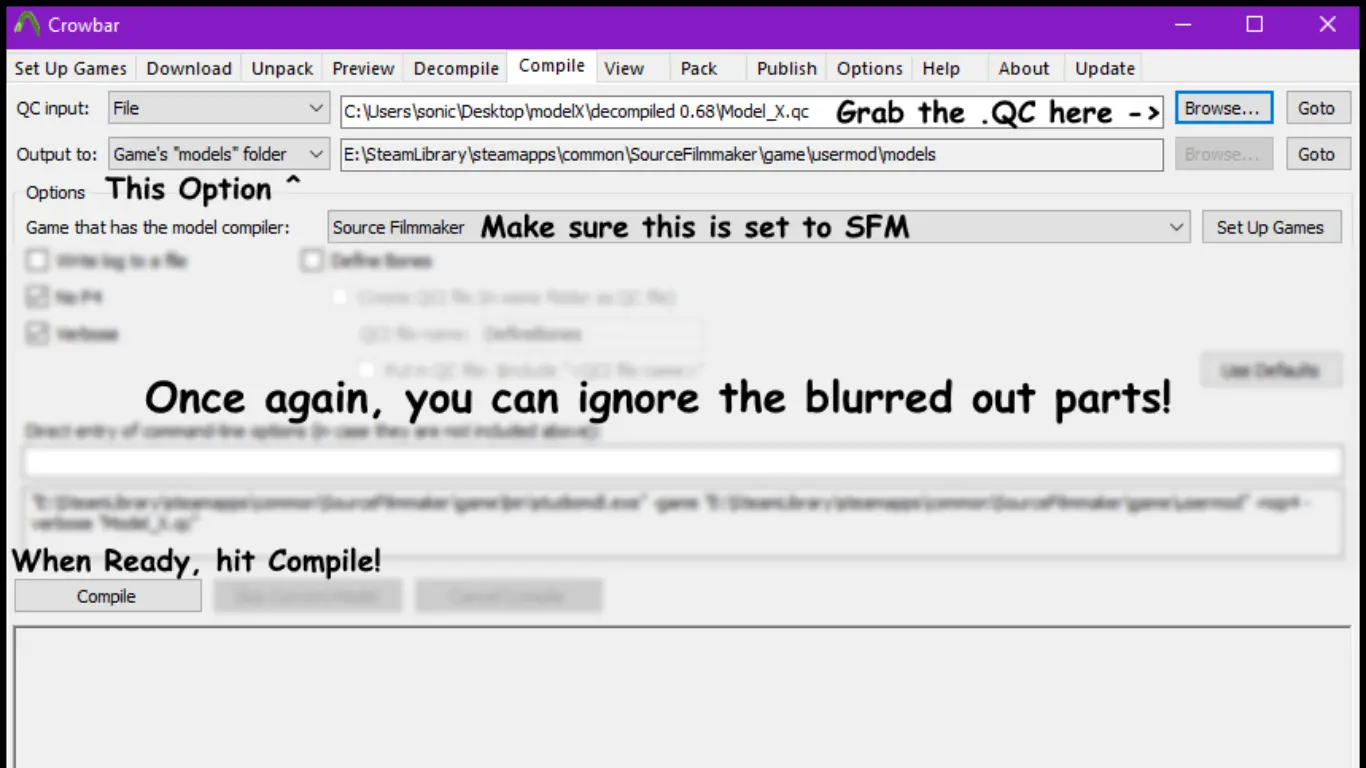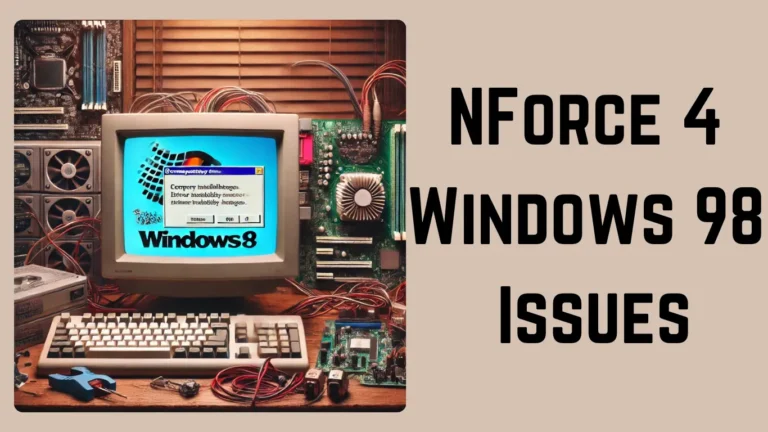How to SFM Compile: A Simple Guide for Beginners
SFM Compile is a crucial step in using Source Filmmaker (SFM). It’s part of the process where your models, animations, and scenes are turned into something usable. Without compiling, your work wouldn’t come together in the program.
In simple terms, SFM Compile helps make your creations work smoothly. It takes your assets and prepares them for rendering. Think of it like finishing touches on a painting.
Why SFM Compile is Important
The process of compiling makes sure everything fits together perfectly. It ensures your models, textures, and animations are ready to be used in SFM. Without this step, your work may not display properly.
When you compile, you also reduce errors in your project. This saves time and frustration later when you start rendering or making changes.
Steps to Compile in SFM
Here are simple steps you can follow to compile in SFM:
1. Prepare Your Files
Make sure all models, textures, and animations are stored in the correct folders. This ensures that SFM can easily find and use them.
2. Open SFM
Start the Source Filmmaker program and open your project file. Ensure the project is loaded correctly before moving to the next step.
3. Select the Models
Choose the models you want to compile. These could be characters, props, or other assets you’ve created or downloaded.
4. Run the Compile Process
Use the compile option in SFM. The system will begin processing the selected models, textures, and animations to prepare them for use in your project.
5. Check for Errors
After compiling, review the output. Look for any issues such as missing textures or broken models. This step helps catch problems early.
6. Fix Errors
If there are errors, go back and adjust the files. Correct missing textures, fix broken models, or re-link animations before compiling again.
Following these simple steps ensures your files are properly prepared and ready for use in your SFM projects.
Common Issues During SFM Compile

While compiling in SFM, you may encounter a few common issues. Here are some of the most frequent problems and how to resolve them:
Missing Textures
Sometimes, textures fail to load during the compile. This typically happens if they are placed in the wrong folder or if the file paths are incorrect.
Solution: Double-check that the textures are in the right directory and make sure the paths in your SFM project match.
Broken Models
If a model does not show up after compiling, it might be due to an error in the model file. This can happen if the model format isn’t compatible with SFM or if there’s a problem with its structure.
Solution: Verify that the model is compatible with SFM and correctly formatted. If the model is complex, try simplifying it.
Animation Problems
Animations may fail to work if they aren’t properly linked to the correct model or if there are missing components.
Solution: Check that the animations are connected to the right model and that all necessary files are included.
These issues are common, but they are often easy to fix. With a bit of attention, you can avoid these problems and ensure your SFM Compile runs smoothly.
Tips for Successful SFM Compile
To make the SFM Compile process smoother, here are some helpful tips:
Organize Your Files
Keeping your models and textures in well-organized folders will help prevent confusion. When everything is in the right place, it’s easier for SFM to find the necessary files.
Check File Paths
SFM looks for files in specific locations. Make sure your file paths are correct. A simple mistake in the file path can cause textures or models to not appear.
Test Often
Compile your project regularly as you work. This helps catch errors early and avoids bigger problems later. Testing often can save you time and frustration.
Use the Right Version
Ensure you’re using the correct version of SFM for your project. Sometimes, features or files from different versions can cause compatibility issues.
By following these tips, you can reduce errors and make the SFM Compile process faster and more reliable.
SFM Compile Best Practices
To ensure a smooth and successful SFM Compile, here are some best practices to keep in mind:
1. Backup Your Work
Always save a copy of your project before starting the compile. This helps protect your work in case something goes wrong.
2. Use Simple Models
Start with basic, simple models when you’re learning or testing. Complex models can cause more problems and slow down the compile process.
3. Keep File Names Short
Long file names can lead to errors. Try to keep your file names short and straightforward. This reduces the risk of problems during the compile.
4. Use Compatible Files
Always check that your files are supported by SFM. Using unsupported file types can cause issues during the compile process.
By following these best practices, you’ll avoid many common pitfalls and keep the SFM Compile process as efficient as possible.
Understanding the Importance of SFM Compile for Animations
When you’re working with animations, compiling is essential. It helps connect your animations to the models and ensures everything works together. Without this step, your animations might not play correctly.
SFM Compile also helps improve performance. By preparing all your files before rendering, you make sure the animation runs smoothly in the final output.
Conclusion
SFM Compile is a crucial step in making your projects work in Source Filmmaker. It turns your raw models and animations into finished, usable content. By following the steps, tips, and best practices, you can avoid many common issues.
With the right approach, SFM Compile becomes easy and even enjoyable. Keep practicing and troubleshooting, and soon you’ll be compiling like a pro.
5 Commonly Asked Questions
What happens if I don’t compile my project in SFM?
Without compiling, your models and animations won’t display properly. SFM needs compiled files to work correctly.
How do I know if my model is ready for SFM Compile?
Check if your model has the right textures and animations linked. Make sure the file paths are correct.
Can I compile multiple models at once?
Yes, you can compile several models at the same time. Just make sure each file is properly linked to avoid errors.
What should I do if SFM Compile fails?
If it fails, check the error message. It might point to a missing file or incorrect file path. Fix the issue and try again.
How can I speed up the compiling process?
To speed up, keep your files organized, use simpler models, and compile smaller chunks at a time.







